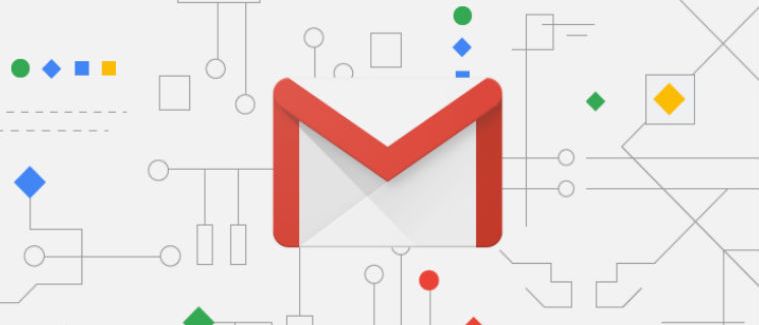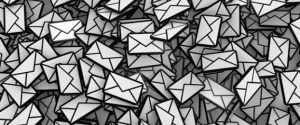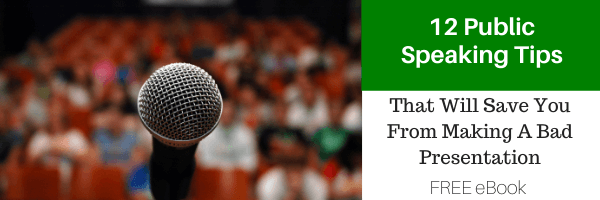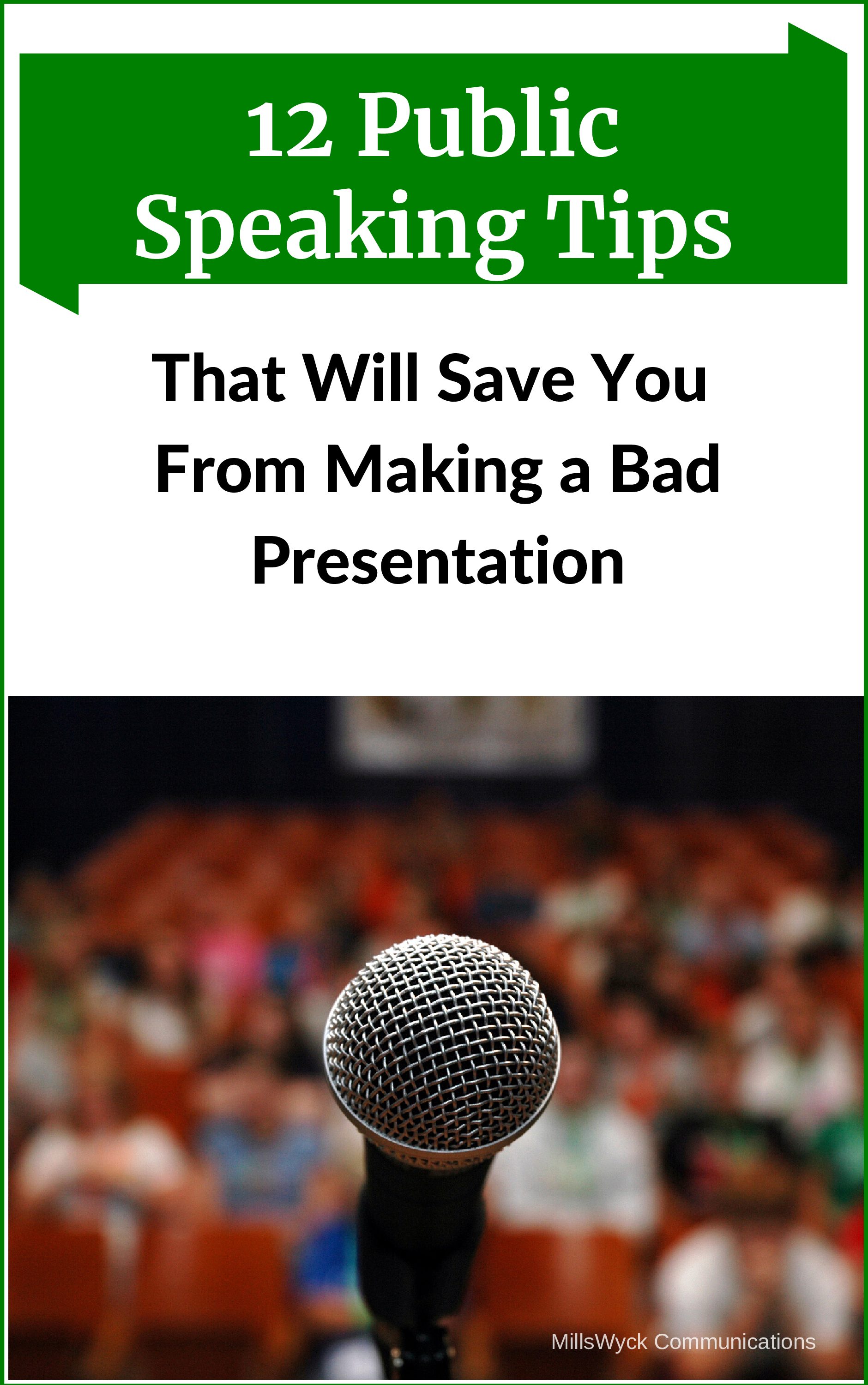We are all looking to write and receive more effective emails. I sent my first email in 1991 (I was a graduate student emailing my father, a governmental employee – maybe the only two institutions on earth with easy access to email at the time). I was enamored with three major advantages email held over phone and letters, the methods I primarily used at the time.
- It was free (I forgot the adjective “starving” in front of graduate student above – free was an attractive selling point to any service). At the time, a long-distance phone call was about $6 an hour and a stamp was 29 cents.
- It was delivered immediately (not in three days like a letter) but could be read on my schedule (unlike a phone call, which interrupted and demanded my attention).
- It held a trail of conversation that could be referred to later. I could see the context of a response and could save details and answers forever.
I’d be hard-pressed to accurately estimate how many emails I’ve sent, read, or deleted in the last 30 years, but I’d guess it to be on the order of a half million. And while the tools have gotten better, the art and technique of sending emails has gotten worse. I don’t have more time to do “real” work because of email – I have less. Email is a necessary part of my existence as a small business owner, and it follows me around the world and on vacation. Where I once loved it, now it’s a nuisance and burden that must be endured.
It’s probably worth pausing to recognize that technology changes communication and there will always be slow adopters. Humans were probably thrilled with ink and papyrus replacing stone and chisels, but the stenographer union of the day most assuredly was not amused. Then pencils, pen, and paper gave the masses the ability to write. Gutenberg (“good mountain”?) gave them the ability not only to write it down, but to mass produce their message. A letter was so important to communications that our U.S. Constitution grants the government the authority to establish and run a post office. Then came a telegraph, a telephone, and mass electronic media. Today, 306 BILLION emails are sent each day (80 per person in the WORLD; half the world has an email account).
Millennials spend 6.4 hours per day in their Inbox with one-third of those on an iPhone. I coached an executive once who told me she received 100 emails an hour. She wanted advice on what to do when she was leaving the office (and was off the grid) for two weeks. I don’t think reading 30,000 emails was high on her to-do list when she returned.
So what to do about the deluge?
First, recognize (and fix) your part in the problem. Perhaps the most important part of ANY communication medium is knowing what the message is and having a clear purpose for it. This goes for email, meetings, marketing materials, sales calls, speeches, training classes, and dinner with friends.
When creating effective emails, the two most important questions to ask are:
What am I trying to say?
What do I want my audience to do as a result?
In effective emails, these two ideas should be early, simple, and not hidden or obfuscated (that word probably violates what I’m trying to say, but it’s fun to type!) in any way. Bonus points if you get both the main point and the action to show up in the preview window or on my phone without scrolling.
Here’s the point… Have one!
Second, for those in your regular circle of communication, understand their communication preferences. A clear hint is how they communicate with you. If they call and leave you a message, they probably don’t want an email in response. If they send a text, don’t write them a letter. I’m personally partial to email in most cases for the reasons I discovered three decades ago, but I don’t get to choose what my clients, friends, and family believe. Rule #1 (it’s not about you) is always in effect, and my job as a communicator is to make it clear and easy for my audience, even if it’s more work for me.
Perhaps question three in messaging is:
What’s the most efficient way to get this message across?
Third, don’t rely on a digital medium to carry information that can only be done in person. Most notably, email does not carry emotion well. Your smiley face/emoticon could be interpreted as good humor, sarcasm, complete disdain, or complete ignorance of who you’re talking to. Especially in professional environments with people who do not know you well, risking a misinterpretation across such a wide range of messages is dangerous. Effective emails should contain just the facts, please.
A final pet peeve. True Southerners, prepare to be offended. The least effective emails are probably the shortest and most common. It’s message is two words: “Thank you!” The only thing I do with that message is delete it (“What do I want my audience to do as a result?”). I don’t doubt that you are thankful, but thanks are empty when they’re not personal. A phone call (or voice mail) would make me feel more thanked. If you’re really thankful, I’d rather have a gift card to Baskin Robbins than an email of two words. You’re welcome (the second most useless email).
Communication matters. What are you saying?
Related Videos:
Want more speaking tips? Check out our Free Resources page.
We can also help you with your communication and speaking skills with our Workshops or Personal Coaching.
This article was published in the January edition of our monthly speaking tips email newsletter, Communication Matters. Have speaking tips like these delivered straight to your inbox every month. Sign up today to receive our newsletter and receive our FREE eBook, “Twelve Tips that will Save You from Making a Bad Presentation.” You can unsubscribe at any time.





